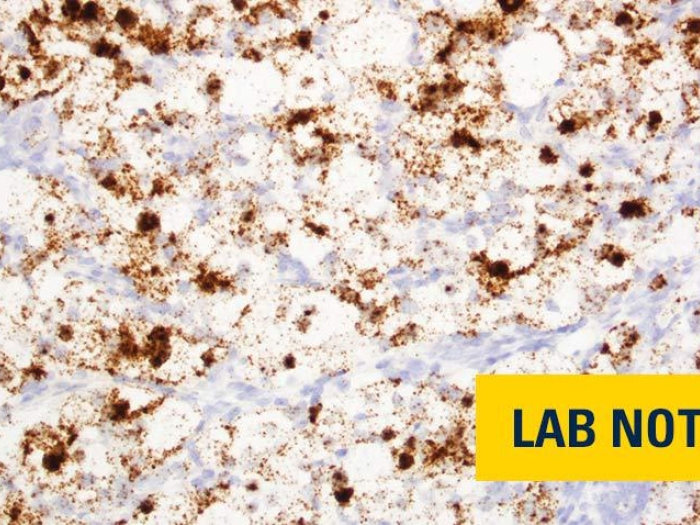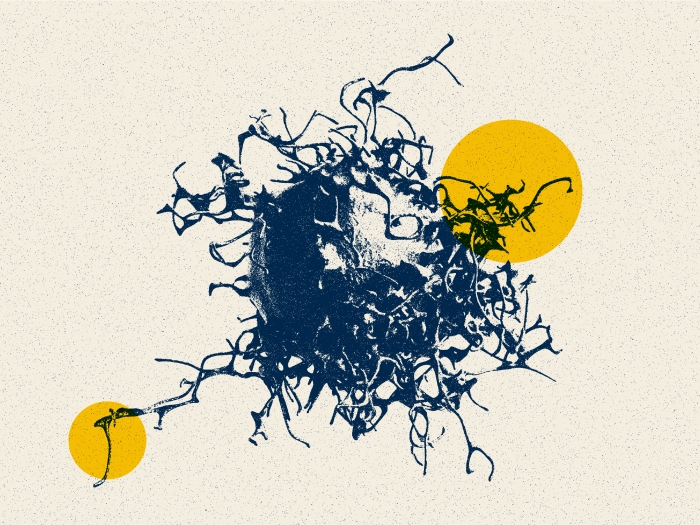Increasingly, scientists like those at the Rogel Cancer Center are using 3-D cell cultures to more closely model cancer cells in the body.
10:38 AM
Author |

Researchers at the University of Michigan Rogel Cancer Center have identified a promising targeted therapy against the basal subtype of bladder cancer by screening 3-D cell cultures.
MEK inhibitors showed the strongest response against the basal molecular subtype, the research group reported in Oncotarget.
"It's becoming more and more clear that culturing cells in a medium that allows them to grow in three dimensions more faithfully recreates the way cancer cells grow and respond inside a human body," says study lead author Nathan Merrill, Ph.D. "Screens in 2-D cell cultures can identify false leads and also miss compounds that have a profound responses."
To look for new targeted therapies against bladder cancer, the group screened more than 650 investigational compounds and 17 bladder cancer cell lines.
Along with identifying leads for new therapeutic approaches, the goal of the work was to contribute a large, 3-D screening resource to the field, Merrill adds.
The researchers plan to continue to work to test additional therapeutic options for patients with bladder cancer and to investigate the specific molecular features of the basal subtype to see if the sensitivity to MEK might be applicable to other cancer subtypes.
Paper cited: "MEK is a promising target in the basal subtype of bladder cancer," Oncotarget. DOI: 10.18632/oncotarget.27767

Explore a variety of health care news & stories by visiting the Health Lab home page for more articles.

Department of Communication at Michigan Medicine
Want top health & research news weekly? Sign up for Health Lab’s newsletters today!





